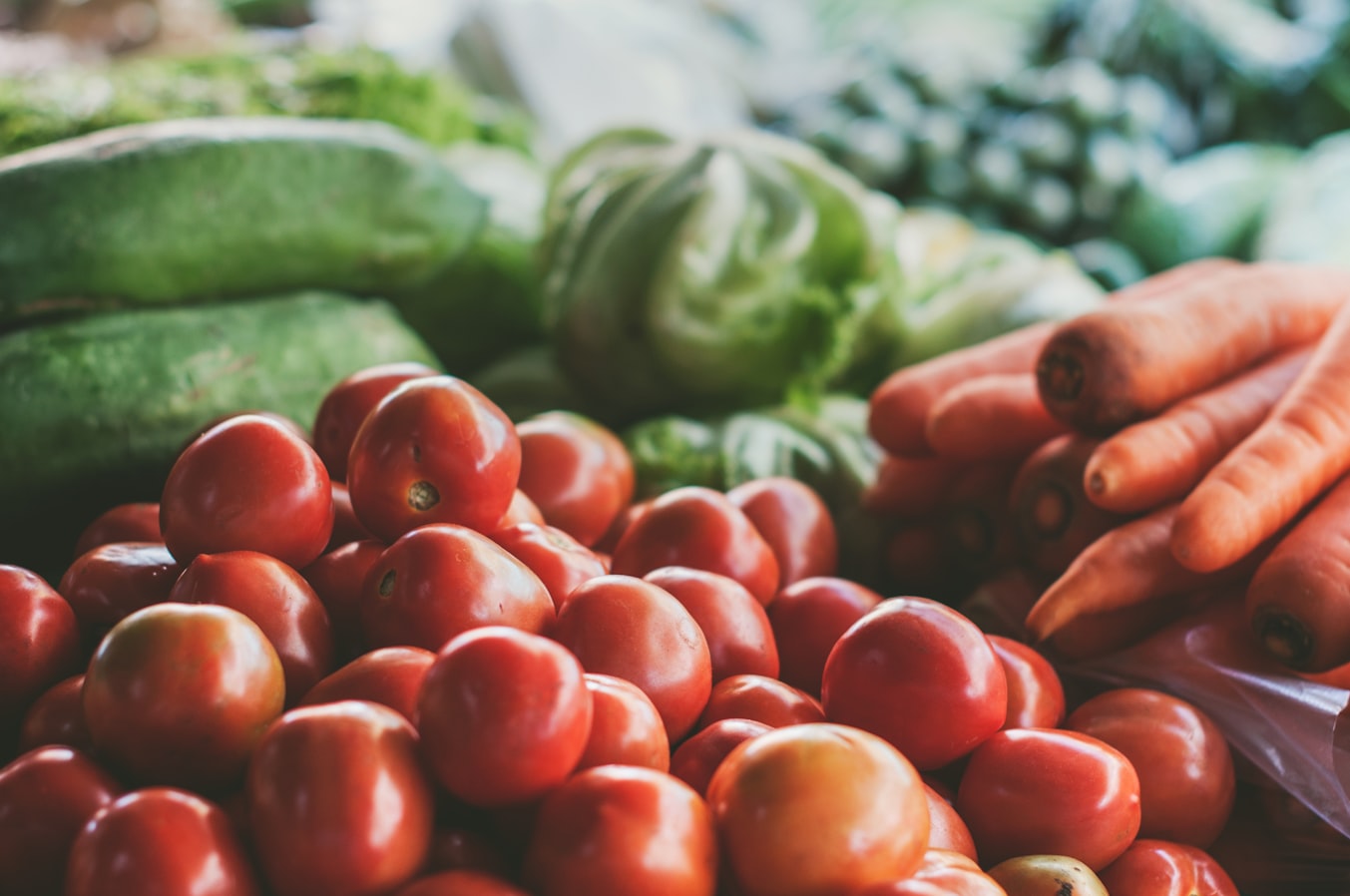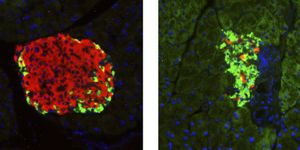Paper-based technology can sense iron levels in fortified foods
In many low-income nations, mass food fortification programs have grown to address issues surrounding poor nutrition address nutrient in their populations. However, these programs often lack the resources needed to measure the amount of nutrients present in food products. To offer a possible solution, researchers at the University of Illinois created a low-cost paper-based sensor that works with a cellphone app to measure iron levels in fortified foods.
Learn more about food fortification on a global level:
"We study fortification programs as a means of reducing micronutrient deficiencies in low-income countries," says Anna Waller, a doctoral candidate in the Department of Food Science and Human Nutrition. "One of the calls-to-action for improving the efficacy or success of these programs is ramping up the monitoring and evaluation of these programs, which is lacking in a lot of low-income settings. But to do so involves so much laboratory infrastructure and personnel that often is not available in these settings."
The interdisciplinary approach combines multiple fields such as chemistry, engineering, nutrition, and food science in order to develop the unique color-changing paper sensor technology.
"At the end of the day you have a tool that everybody agrees upon, that is valid, simple, and low-cost, that gives you results on a cellphone. If the phone can connect to the cloud, and the cloud is connected to a government office or the company's office, they can monitor and maintain the records that support their claims. Everything is collected and stored. There is no room for disagreement. That is why this is a great technology to bring about."
"The paper-based sensor really stood out in that it seemed to be the most inexpensive and simplest to use, which aligns with the World Health Organization's criteria for developing these types of technologies.”
Source: University of Illinois









